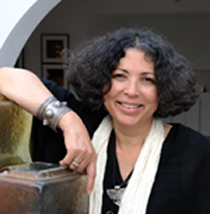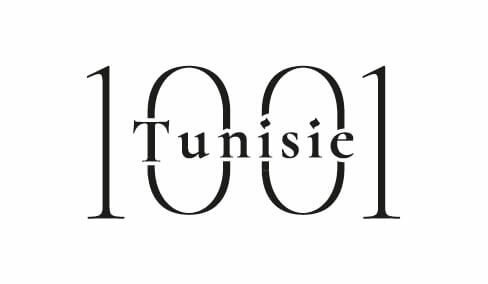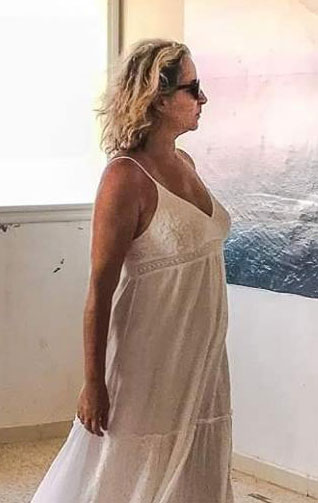
WHer name is still synonymous with blown glass. Still, she tries out different materials, glass, iron through weaving or palm wood. Her name is now a brand, a concept that is becoming more international and franchise. During the “Spring Arts” of Marsa, the cultural space “Sadika” receives an exhibition and a happening in the newly developed theater. Interview with Sadika. By Amel Djait
1001 Tunisie: “… My pleasure is to help ensure that the world is changing around me, to go over beauty. “It’s a phrase I read in one of your catalogs, is it a culmination of your career or philosophy?
Sadika: It’s all at once. In creation, there are no boundaries. I breathe in the glass, transform matter, create models and innovate. I am always inspired by the rich diversity of the Tunisian historical heritage and know-how manual. All this is rooted in my background. I come from a family of craftsmen from Sfax.
It is this freedom of artistic expression that allows you now to go further and expand your reach. Sadika today reaches to other areas and passes the design to architecture. Would The creation of blown glass modules be the expressions of this evolution?
My creations glass cubes modules were originally intended the combination of decorative elements in the form of light sculptures, fountains or water wall. Today, these modules convert inlaid material in architecture for vaults covering, ceilings or walls of water to the SPA. In fact, with these modules, I combines new light sources.
Was this not the purpose of your recent participation in the show of Frankfurt?
My last participation in the International Exhibition “Light & Building” allowed me to introduce design professionals and architecture, new media. Lightweight in construction, it is a source of natural light for contemporary living.
Your reputation internationally is confirmed with the franchise application of the mark “Sadika”. After Nice, Milan, many others are ongoing. Is this a new adventure?
Sadika the brand makes its way through some European countries. Despite the copy of my models like the cage of Sidi Bou Said, please always my brand. For me it is a sign of recognition and a passion for our heritage. This will forever be my greatest inspiration.
What are you general appreciation of crafts in Tunisia? How important is Sadika, the artisan, the brand, the center …?
First, I want to clarify that I am not a pioneer in the field of rehabilitation of Crafts. There are other women who have done it before me. I am pleased to mention two of them. Great ladies to whom I always pay tribute: Leïla Menchari and Samia Ben Khelifa .
Then, around the blown glass, there are blacksmiths and carvers. My love for heritage inspired me to push other secret doors. Weaving and embroidery were immediately occupying my mind. Gradually have been formed around me and Sadika Centre sixty craftsmen and women from all regions of Tunisia. Together, we have developed new methods of work in creation. We are also a fair and just society.
This automatically implies a real influence for the Centre
Today, it is our country that saw a true rebirth. There is an excitement around the design, visual arts and other disciplines. My pleasure is to participate as much myself, that allow organizers beautiful artistic events such as the “Printemps des Arts” of Marsa. It is nice and helpful to me to see all Sadika areas open to all kinds of measures to develop the arts.
The approach is still rare, but you are also one of the pioneers of fair trade in Tunisia. Your business does not work less than sixty women performing meticulous embroideries and weavings. What is the commitment of Sadika towards the craftsmen?
My commitment is the result of a realization that has settled in as-and of my associations with the artisans. Over the actions we have forged strong ties and developed a real organization of work.
This has become a kind of awareness. A sort of challenge to counteract prejudice and other reticence encountered Crafts Tunisian abroad. Today, the concepts of sustainable development and fair trade are a necessity in global economic development of the “creative industries”.
Your projects ?
It’s a challenge and I can not say more. The process is part of an ecological and economic approach in the architecture and decoration. The project carries with it a new mode of art of living in harmony with the requirements of the environment and respect for nature.




 َAbonnez-vous
َAbonnez-vous

